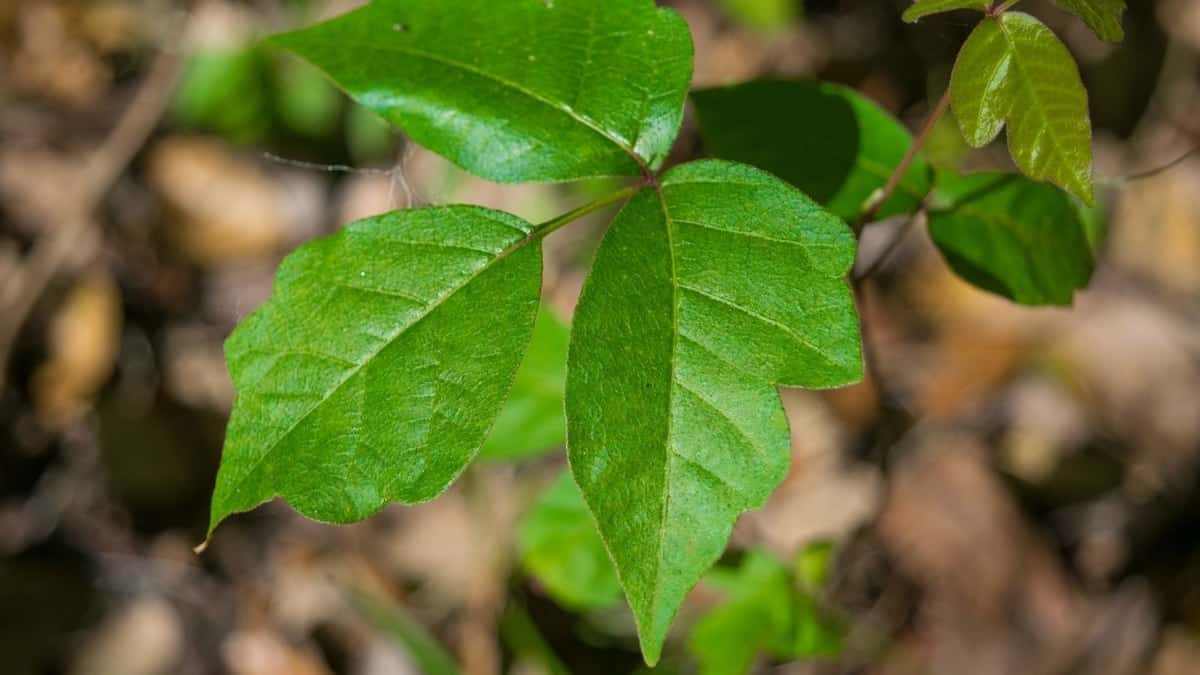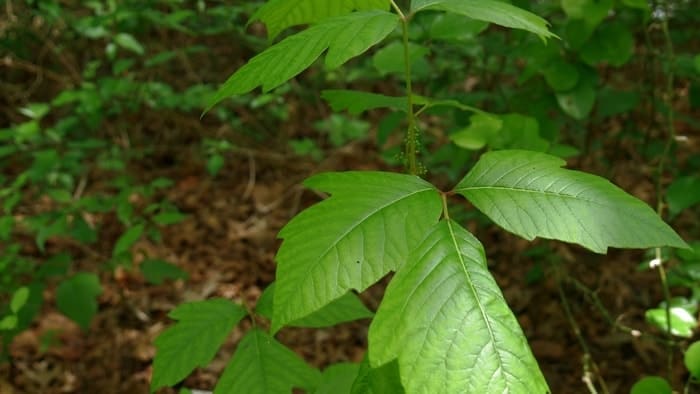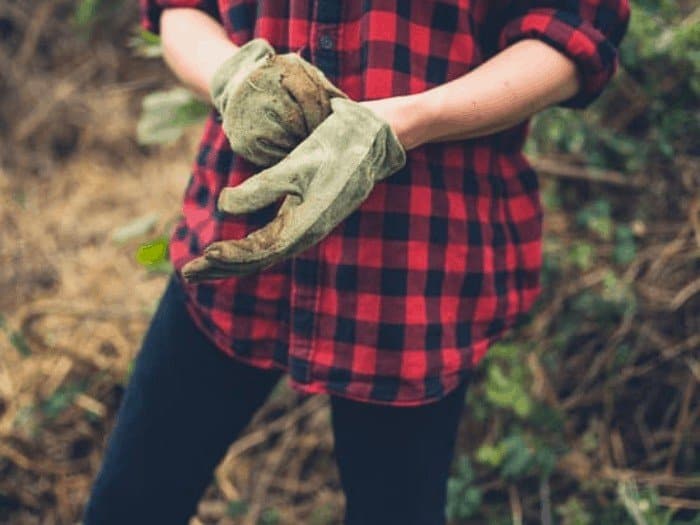Last Updated on September 6, 2020 by Tony Manhart
Poison ivy is a common plant throughout North America and Asia, and one of the worst irritants to have in a garden or yard. This wild weed grows with abandon and can leave you itching out of your skin, but it is also surprisingly difficult to kill. This is because most of the herbicides meant to kill poison ivy will also eliminate all other plant life in the region. So, if you have a bad patch in your garden, it can be impossible to get rid of it without killing off valued flowers and shrubs.
There is a wealth of homemade herbicides, but their effectiveness is questionable. Many are quite simple but don’t include any ingredients that are toxic on their own. What are you supposed to do if you want the best way to kill poison ivy but also want to avoid pesticides?
Luckily, we’ve identified the best way to kill poison ivy based on its growing habits, root depth, pesticide resistance, and common environment.
What Is Poison Ivy?
Poison ivy’s real name is Toxicodendron radicans, a name that explains just how toxic the plant is to humans and animals alike. Like many other living things, poison ivy evolved and developed defensive systems to keep away predators that might eat it. To protect itself, the plant produces a clear liquid compound in its sap called urushiol.
Urushiol interacts with the skin and creates an itchy, painful form of dermatitis. In other words, a rash that can spread to other people if you still have urushiol on your skin. Sometimes this rash is extremely painful, especially if you have a separate allergic reaction to the compound in addition to its already irritating powers.
Now, poison ivy is only really a problem for humans. Many other animals can eat the leaves, birds are fond of the seeds, and bees can help its flowers pollinate. However, this plant can be a real bother, and it’s, therefore, necessary to get rid of it before it starts to affect the people around it.
How to Eliminate Poison Ivy
You might want to hold off on calling Batman if you want to kill Poison Ivy. If you don’t want to use herbicides or chemicals like bleach, there is a great remedy that can be made at home using common household ingredients. What you will need it: 1 cup of salt, 1 gallon of vinegar, and several drops of dish soap.
Once you have all of these ingredients, heat the vinegar and salt in a pan on the stove. Wait for the salt to dissolve and mix the composition around a little bit. Then turn the heat off and allow the mixture to cool before adding the dish soap and mixing thoroughly, but not enough to let the soap bubble.
This homemade concoction can then be transferred to a spray bottle and applied liberally to poison ivy, especially around the roots. Over several days, the mixture will absorb moisture and use its natural acids to dry out the plant. The poison ivy then dies, making it easy for you to pull it out and stop its spread into your garden.
Using vinegar, salt, and dish soap is the best way to kill poison ivy for a couple of reasons. First and foremost, it uses non-toxic ingredients to eliminate the plant naturally instead of relying on potentially caustic pesticides. Second, it’s inexpensive and can be made using products already in the house. Third and finally, this method is easy to use directly on poison ivy and around the roots, meaning other plants can still thrive in the garden.
Alternative Methods
Of course, home remedies aren’t for everyone, and some people might be concerned about salting the earth around the garden. If this is the case for you, there are a couple of alternative methods that are slightly less effective but still work wonders.
The first, and simplest way to eliminate poison ivy is to dig it out. This will require gloves, covered shoes, and possibly long sleeve clothing to prevent getting a rash. You need to identify the central stem of the plant and then trace it down to the ground. Using a shovel, dig out the plant and try to pull out all of the roots. The only issue with this method is there might be seeds that have already been sown, so be sure to check the surrounding area for shoots.
If you don’t want to get down and dirty, you can always pour boiling water directly on the plant. The hot water kills any vegetation it touches, so be careful. It will also only kill the stem and leaves, leaving the roots intact. However, you can then dig down and eliminate the roots with ease.
Another remedy and perhaps the most effective for many is to use residential grade herbicides. You can find most weed killers online, in supermarkets, or at garden stores. The trick is to find one that you can spray directly on the poison ivy to avoid killing the surrounding vegetation. As with any chemical, be sure to keep the herbicide away from children, pets, and other animals.
Conclusion
Although many animals love poison ivy because of its delicious foliage and seeds, you probably don’t. Whether it keeps giving you a rash, is smothering your flowers, or is just a pain because you mistook it for fuzzy raspberries – a common mistake – it’s time for the ivy to go.
Luckily, one of the best ways to kill poison ivy involves simple ingredients that can be found around the home and are highly effective. Salt dehydrates, vinegar contains acid that corrodes, and dish soap has some synthetic components that stop the roots from growing back.
If you want to eliminate this menace, do a little cooking. See how easy your life can be without poison ivy and without heading to the store to get some herbicide.
Tony Manhart is a passionate gardener who has been tending to gardens for over 20 years. He takes pride in creating beautiful outdoor spaces with plants, trees, and shrubs that can thrive in any environment. He loves to share his knowledge with others and has taught classes on gardening basics and advanced techniques. He is committed to sustainability, using natural and organic methods to create and maintain gardens. He also works with local organizations to create green spaces for communities. When he’s not gardening, Tony enjoys hiking, reading, and spending time with his family.





